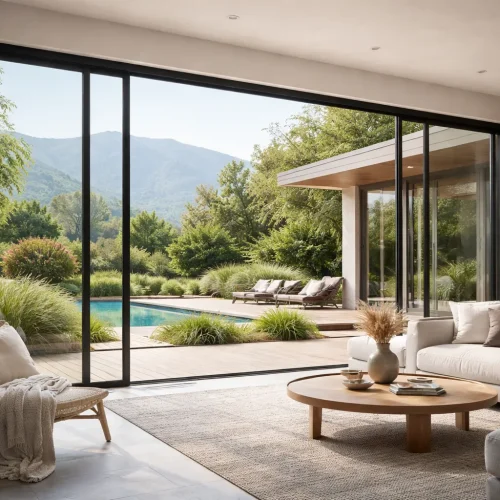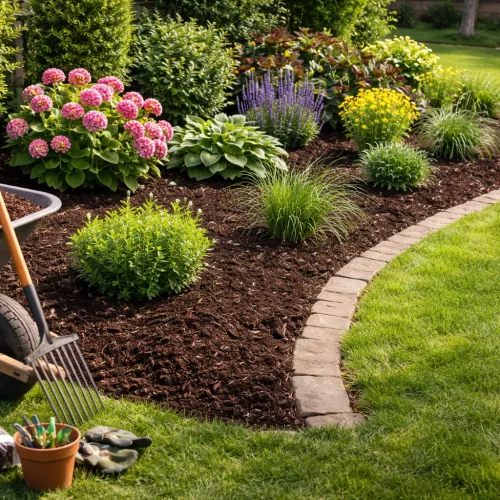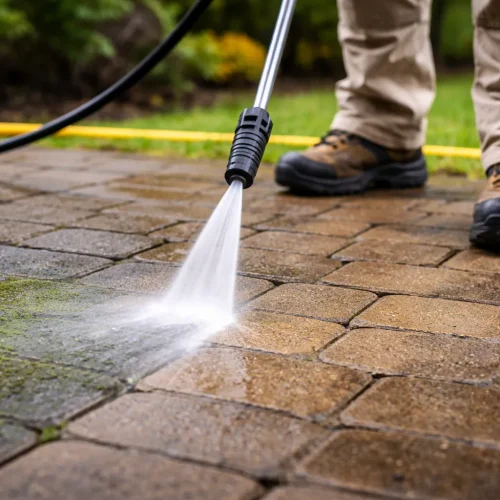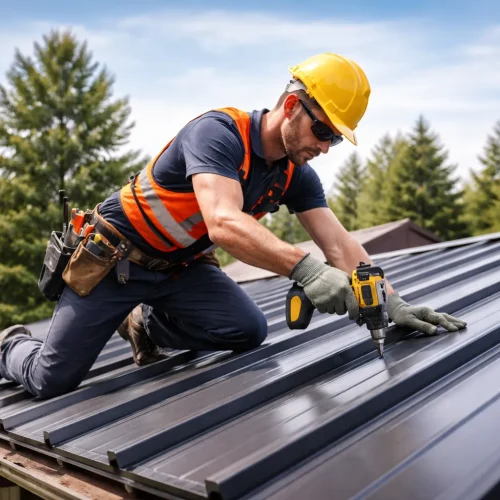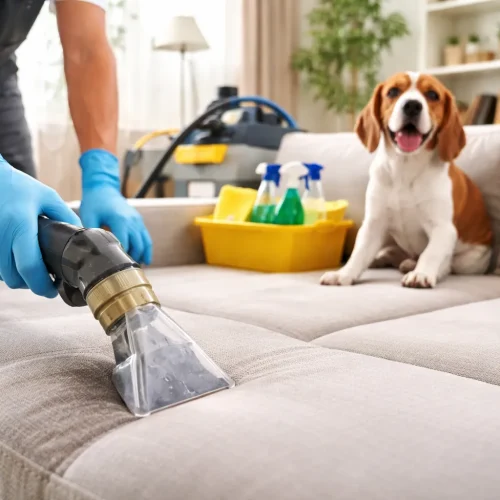
Heating and cooling systems are expected to last for years, but their lifespan isn’t guaranteed. How the equipment is installed, maintained, and used daily all play a part in how long it will stay reliable. Ignoring those factors often means facing repairs sooner or even replacing the system earlier than planned.
In regions like Hibbing, MN, heating and cooling equipment faces more pressure than in many other regions. Freezing winters and humid summers keep systems running heavily through most of the year. That constant demand makes it important for Hibbing homeowners to understand what shortens or extends the life of their equipment.
Importance of Regular Maintenance
A system that is looked at consistently will always outlast one that is ignored. Cleaning, replacing filters, checking refrigerant levels, and inspecting parts all keep the equipment from running under stress. When these tasks are skipped, dust builds up, components wear unevenly, and the system is forced to work harder. Over the years, that neglect takes years off its service life.
When a breakdown does happen, homeowners often face a choice: repair or replace. Local technicians can assess the condition and recommend the most practical path. The decision whether to repair or replace the AC often depends on age, efficiency, and the cost of the fix. Having a record of steady upkeep gives both the homeowner and the technician better insight into what the system can handle moving forward. Look up repair or replace AC in Hibbing, MN to get expert advice.
Condition of Ductwork and Seals
Even a brand-new system can struggle if the ductwork is in poor shape. Cracks, leaks, or bad sealing let air escape before it ever reaches the rooms it’s meant to cool or heat. This forces the unit to run longer, wasting energy and wearing out faster. Uneven temperatures across the home are usually a sign that the ducts need attention.
Regular inspections of the duct system catch leaks early and prevent ongoing strain. Adding insulation in attics or crawl spaces also keeps conditioned air from being lost. When airflow is steady and ducts are sealed correctly, the system runs under less pressure and lasts longer.
Impact of Electrical Surges or Power Issues
Today’s HVAC systems rely heavily on electronic parts like circuit boards, sensors, and motors. A sudden power surge can fry those components in seconds, while repeated small surges slowly weaken them. Either way, the damage adds up and shortens the lifespan of the equipment.
Surge protection is a simple but valuable safeguard. It shields sensitive components from unstable power, whether caused by storms, outages, or grid issues. In areas with frequent electrical problems, installing this protection can prevent expensive failures and extend the life of the unit.
Exposure to Harsh Weather Conditions
Outdoor units are constantly exposed to the elements. Snow, ice, heavy rain, and direct sunlight all add wear and tear. In winter, ice around moving parts can restrict operation, while in summer, heat and debris make the system work harder than it should. Over the years, this exposure speeds up the breakdown of components.
Preventive steps help limit the damage. Keeping the area around the unit clear, trimming vegetation, and installing the system in a shaded spot during replacement are practical measures. Using covers during the off-season also protects the unit.
Quality of Initial Installation
How a system is installed plays a big role in how long it lasts. Poor installation, whether from incorrect wiring, wrong refrigerant levels, or mismatched equipment, creates problems that show up quickly and continue throughout the system’s life. Even a top brand will struggle if it’s not set up properly.
Working with experienced installers reduces those risks. A correctly sized system with properly balanced airflow and accurate wiring starts on solid ground, which helps it run smoothly for years.
Age of Supporting Components
Supporting parts such as fans, motors, or belts often wear out sooner than the main unit itself. When these parts start failing, the system works harder, and overall performance drops. Ignoring them creates stress that eventually shortens the life of the entire unit.
Replacing these components on time keeps the system stable. Attention to the smaller parts often adds years of use to the larger, more expensive equipment.
Use of Smart Controls for Efficiency
Modern thermostats and smart controls help limit unnecessary wear. They reduce extra cycling, manage temperatures more consistently, and prevent the system from running harder than needed. Without them, equipment may run longer hours than required.
Smart controls directly affect lifespan. Smoother operation means less stress on the system and fewer repair needs down the road.
Presence of Dirt and Debris Inside the System
Dust and debris are constant threats to heating and cooling systems. Buildup blocks airflow, clogs coils, and forces components to strain. As such, this lowers efficiency and speeds up wear.
Regular cleaning keeps airflow clear and parts working freely. When the system stays free of buildup, it can run without unnecessary strain, which adds to its longevity.
Location of the Unit Within the Property
Where a unit is placed has a major impact on how long it lasts. Equipment located in cramped spaces with poor ventilation tends to overheat, while outdoor units placed in areas exposed to heavy sun or debris face extra stress.
Placing units in open, ventilated, and shaded spaces improves airflow and reduces the chances of overheating or clogging.
Impact of Oversized or Undersized Ducts
Duct size must match the system. If ducts are too small, airflow is restricted, and the system struggles. If they’re too large, air doesn’t circulate properly. Both situations put stress on the equipment and shorten its life.
Correctly sized ducts allow the unit to operate as designed. Proper airflow reduces strain, improves comfort, and supports a longer lifespan for the system.
Overall Care Taken Throughout Its Service Life
Maintenance, cleaning, installation, and usage add up. A system that’s cared for steadily will naturally last longer than one that’s neglected. Consistent attention prevents small issues from turning into large ones and avoids unnecessary strain.
Ultimately, the way homeowners treat their system throughout its life determines how reliable it will be. Routine attention and smart choices give the equipment the best chance to reach its full lifespan.
Heating and cooling equipment can serve a home for many years, but longevity isn’t automatic. Maintenance, duct condition, installation quality, and even where the unit is placed all play important roles. For most homeowners, treating heating and cooling equipment as a long-term investment is the best way to keep it dependable.



